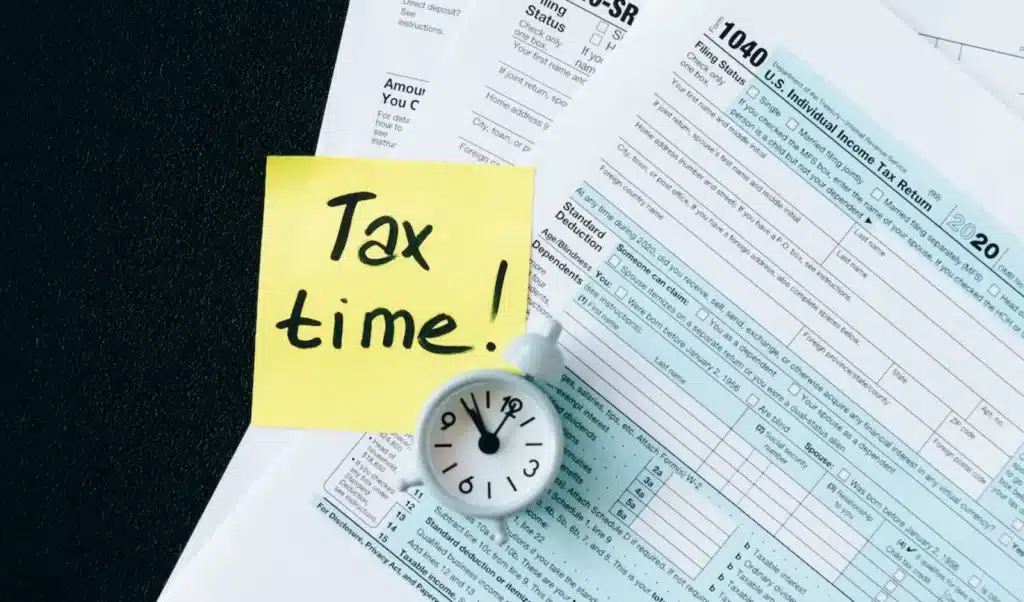Introduction:
In the wake of the challenges posed by the COVID-19 pandemic, the Internal Revenue Service (IRS) temporarily suspended certain activities, including the issuance of notices. However, as of September 2023, the IRS is set to resume sending out a series of notices to taxpayers. Understanding these notices is crucial for individuals and businesses alike, as they play a pivotal role in communicating the IRS’s intentions and actions. In this article, we’ll explore the various IRS notices, their implications, and what steps can be taken if you find yourself on the receiving end.
Dealing with an IRS notice can be stressful and time-sensitive. Contact The Law Offices of Stephen B. Kass, P.C. for help crafting the right response and resolving your tax issues efficiently.
IRS Notices Resumption:
The IRS has adopted a strategic approach to avoid overwhelming call volumes. Notices will be staggered, sent at different times to various taxpayers. Recently, clients have begun bringing in these notices, emphasizing the importance of being well-informed about their implications.
Understanding IRS Notices:
Let’s delve into some common IRS notices and what each signifies:
CP-14 – Reminder of Balance Due:
This notice serves as a gentle reminder for taxpayers with outstanding balances.
CP 516 – Delinquent Tax Returns:
Issued when tax returns are overdue and need immediate attention.
CP-504 – Threat to Levy:
Indicates the IRS’s intention to levy assets if the outstanding balance is not addressed promptly.
CP-90 – Final Notice of Intent to Levy:
A serious notice, requiring an appeal within 30 days if resolution with the IRS is not achieved.
CP-523 – Notice of Intent to Levy and Terminate Installment Agreement:
Informs about the intention to levy and terminate an existing installment agreement.
CP-40 – Assigned to Private Debt Collector:
Signals the involvement of a private debt collector, who can only negotiate installment agreements.
CP-508C – Certification to State Department:
Serious notice of seriously delinquent taxes, requiring an appeal within 30 days.
Letter 1153 – Proposed Assessment Responsibility Party:
Provides a 60-day window to protest proposed assessments involving responsible parties.
Levy Notices:
Apart from the aforementioned notices, the IRS issues specific levy notices:
668-A – Attach to Any Balances in the Account:
A notice attached to balances in an account at the time of issuance.
668-W – Continuous Levy on Wages or Self-Employment Income:
Imposes a 50% penalty on employers failing to comply with continuous levies.
What to Do If You Receive a Notice:
Receiving an IRS notice can be alarming, but prompt action is crucial. If you find yourself facing any of the mentioned notices, it’s advisable to contact our office immediately. Our team can guide you through the available options, providing both immediate relief and a comprehensive solution tailored to your situation.
News
In January 2024, New York State witnessed a modest 0.3% increase in local sales tax collections compared to the same period in 2023, as revealed by State Comptroller Thomas P. DiNapoli. The total collections reached nearly $1.9 billion, marking a $4.8 million uptick from the previous year. Notably, New York City led the way with a 3.5% surge, totaling $873 million, while county and city collections in the rest of the state saw a slight decline of -2.8%, totaling $910 million. However, caution is advised for 2024 sales tax revenue projections, as overall growth has tapered off, with less than half of the counties experiencing year-over-year increases.
Conclusion:
Navigating through IRS notices may seem complex, but understanding their nuances is essential for taxpayers. As notices resume post-COVID, staying informed about each notice’s implications and taking timely action can make a significant difference. Remember, our office is here to help you navigate through these challenges, ensuring a smooth resolution to any IRS notice you may receive.








